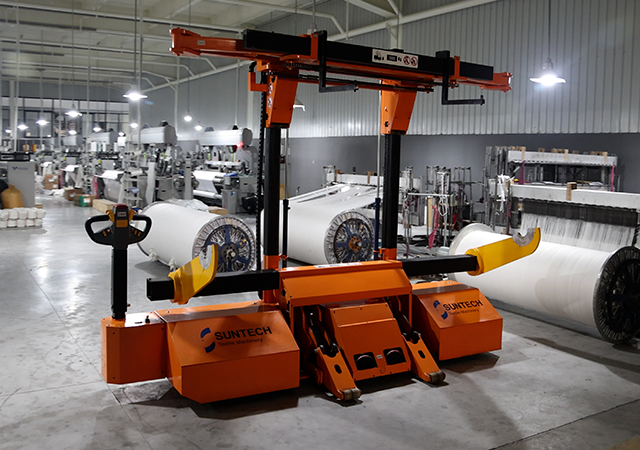China's textile industry continues to show remarkable resilience, even as global economic conditions present new challenges. In the first half of 2024, the nation exported textiles and garments worth $135 billion, representing a slight 2% decline from the previous year. Despite this minor setback, China remains a dominant player in the global textile market, holding over 30% of the world’s textile exports.
This small dip in exports can be traced to several factors. Key markets like the United States and the European Union are experiencing economic slowdowns and inflationary pressures, leading to a reduction in demand. Exports to these regions have decreased by 5% and 4%, respectively. However, increased demand from emerging markets in Africa and Southeast Asia—where exports grew by 8% and 6%, respectively—has mitigated these losses, showcasing China's ability to diversify its export destinations.
The industry is also grappling with the effects of a stronger yuan, which has appreciated by 4% against the US dollar since the start of the year. This currency appreciation has made Chinese goods more expensive on the international market, adding another layer of complexity to the export landscape.
In response to these challenges, Chinese textile manufacturers are investing in automation and sustainable production practices. These investments not only help reduce costs but also align with the growing global demand for eco-friendly textiles. Industry experts believe that despite short-term obstacles, China's textile sector is well-equipped to maintain its global leadership. The industry’s efforts to diversify export markets and enhance supply chain resilience are key factors in this continued dominance.

The Structure of China's Textile Industry
China's textile industry is composed of three main sectors: textile mills, textile product mills, and apparel manufacturing.
Textile Mills
Textile mills are the backbone of the industry, providing the raw materials needed to produce clothing and other textile products. These mills process natural and synthetic fibers—such as cotton and polyester—into yarns and threads, which are then woven or knitted into fabrics. Advanced machinery is used to create these fabrics, and additional finishing processes like dyeing and bleaching may be applied to enhance the final product's appearance and quality.
Textile Product Mills
These mills focus on converting raw textile materials into finished goods beyond clothing. This includes household items like carpets, towels, and bed sheets, as well as industrial products like fire hoses and automotive interiors. Given the complexity of these processes, many textile factories specialize in this area, contributing to the industry's broad scope.
Apparel Manufacturing
Apparel manufacturing represents the final stage of the textile process, where raw materials are transformed into clothing and accessories. While the industry has traditionally relied on manual labor for cutting and sewing, technological advancements are gradually automating these processes. Nevertheless, apparel manufacturing remains labor-intensive, with a significant portion of production outsourced to countries with lower labor costs.
Despite the technological advancements in various stages of production, certain processes, such as finishing and warehouse handling, remain labor-intensive. SUNTECH's Motorized Beam Trolley is an example of innovation within the industry, offering solutions to reduce manual handling, save labor costs, and improve overall efficiency. Such innovations are vital as China's textile industry continues to navigate the complexities of the global market while maintaining its competitive edge.




